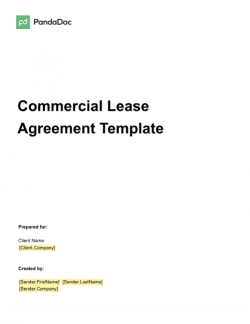
Residential Lease Agreement Texas
If you’re leasing a property in Texas, then you’ll need a lease agreement Texas template to help get you started, and our free templates contain all the necessary information.
Finish your demo booking
Looks like you haven't picked a time for your personalized demo. Pick a time now.
Select date and time
The W4 is an IRS tax form that helps employers know the correct amount of taxes to withhold from employees’ paychecks.

Get your W-4 forms’ versions from 2017 to 2023
The W4 is filled out by employees, not the employer. The W4 form is two pages long, and has three main sections.
Employees are not required to use the allowances calculated using the W4 form. If they wish, they can claim more or less allowances. Of course, the IRS will calculate the taxes you owe when you file your tax return, and send a bill or refund accordingly.

Residential Lease Agreement Texas
If you’re leasing a property in Texas, then you’ll need a lease agreement Texas template to help get you started, and our free templates contain all the necessary information.

Vermont Commercial Lease Agreement
Delve into the legal elements such as notices, disclosures, security deposits, and termination clauses that lessors in Vermont must be aware of in a commercial lease agreement.

California Nondisclosure Agreement Template
An NDA establishes in writing the recipient’s agreement to refrain from disclosing the specified material to any uninvited parties or organizations. Use this California Non-Disclosure Agreement Template according to your needs.